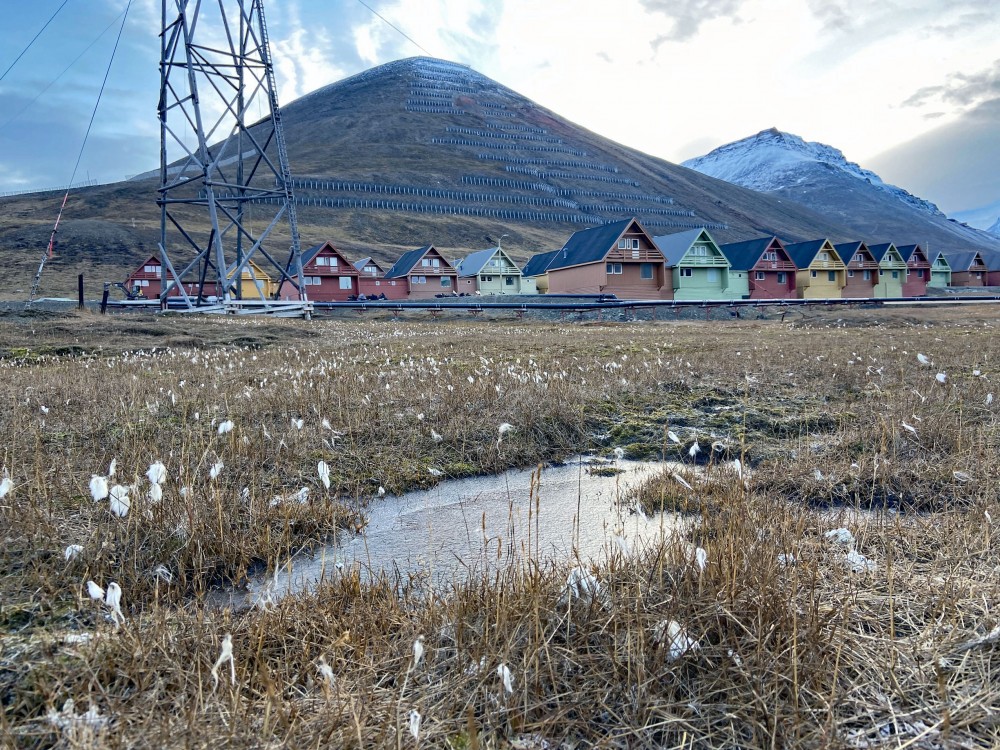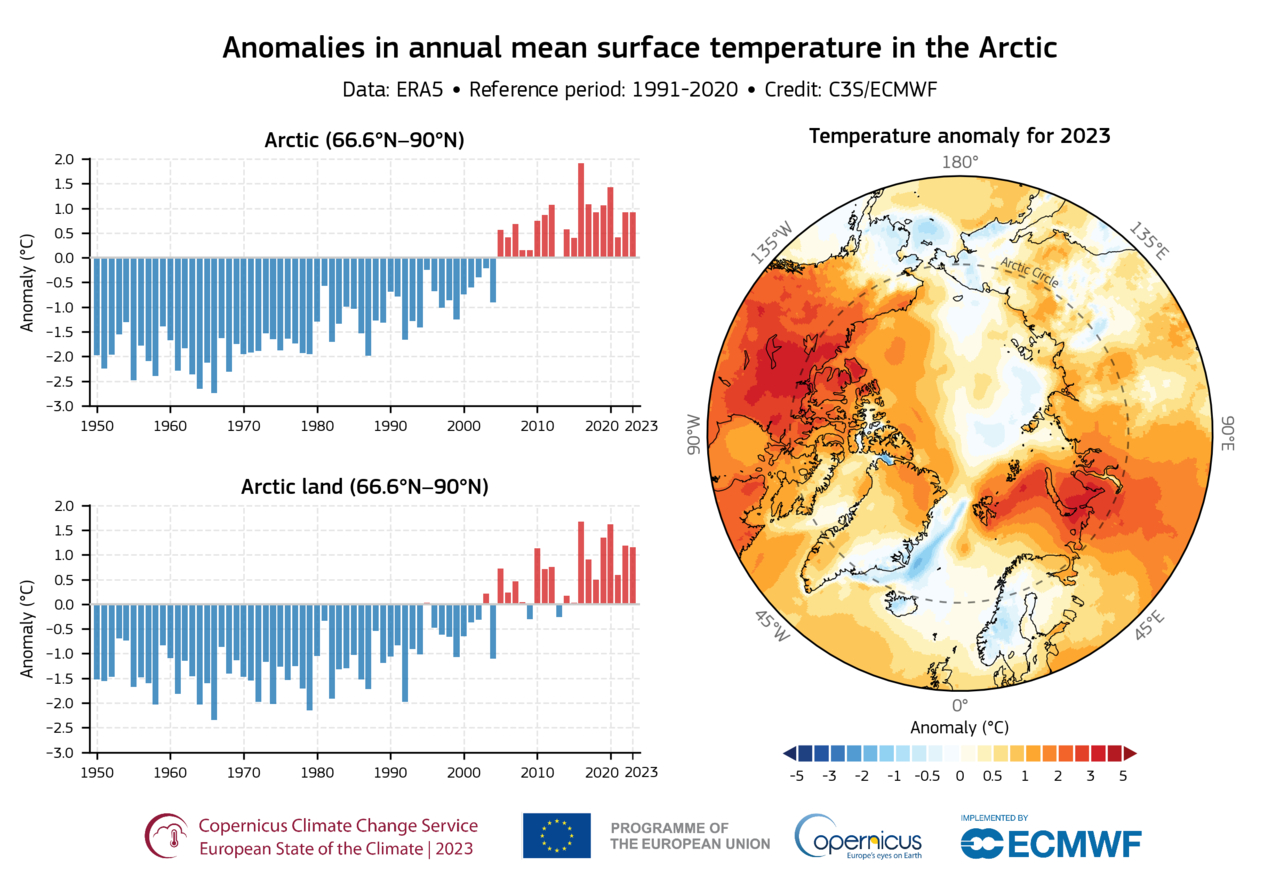European Arctic experienced warmer-than-average conditions for most of 2023: report

January and February were the standout months where temperatures were 10-11C higher than what is normally expected.
The below-average sea ice around the Norwegian Arctic Archipelago of Svalbard is one factor connected to the higher temperatures, the report said.
“In 2023, the average summer temperature in Svalbard was the highest on record, at 1.66 C above average, surpassing the previous record of 1.47 C above average in 2022,” the authors said.
“As in 2022, the warm summer for the region as a whole can be linked in part to below-average sea ice cover and above-average sea surface temperatures.”

The sea surface temperatures of the Kara Sea off the northwestern coast of Russia in August and September were another contributing factor that the report described as “much above average.”
Greenland ice melt
Greenland also experienced unusually high temperatures in summer 2023.
This resulted in substantial melting as wet snow is darker and absorbs more heat and light compared to dry snow, which is lighter and reflects heat and light.
“This darkening was most prominent in July and across the lowest elevations of northern and southwestern Greenland,” the report authors said.
“In these areas, the surface darkening was related in large part to melting that produced ‘blue slush’ at the surface. Another factor that may have contributed to the lower albedo was the deposition of aerosols from widespread wildfires burning in Canada at the time.”
Climate report, Quick Facts
- Svalbard had its hottest summer since records started
- The Greenland Ice Sheet had heatwave conditions for most of July and a shorter period in August
- Weather carried smoke from wildfires in Canada to Greenland in July contributing to significant melt
- The Arctic Ocean’s annual sea, and sea ice, surface temperature were the sixth highest since satellite records began in 1982
In all, 2023 was sixth-warmest year for the Arctic since data collection began.
The report was released on April 22, which coincides with International Earth Day.
This story is posted on The Barents Observer as part of Eye on the Arctic, a collaborative partnership between public and private circumpolar media organizations.
No comments:
Post a Comment